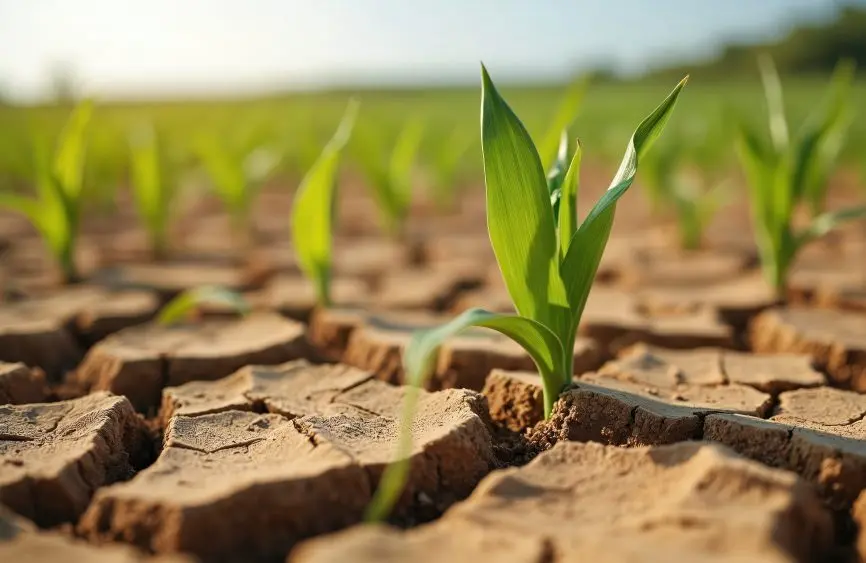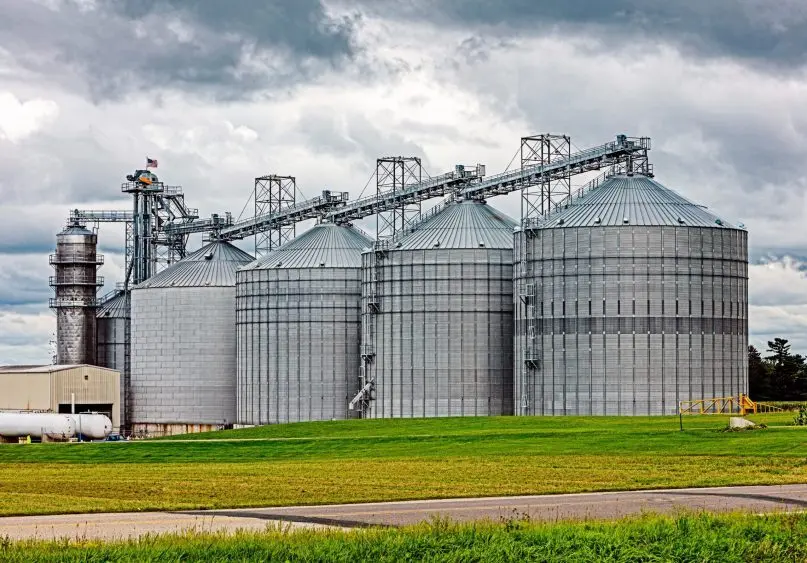
(FARGO, ND) — As the growing season rolls on, many areas of the country have been experiencing mostly ideal growing conditions in 2025. Those ideal conditions are leading many analysts to predict solid yields based off of early weather models, scientific data and more.
This week, Commodity Weather Group released their first yield forecast of the season and pegged the national average corn yield slightly above the trend. “Our first estimate at the national level, we came in at 183.6, so a little bit above trend,” according to Joel Widenor with Commodity Weather Group. “But honestly, holding back a bit from some of the signals that we’re getting out of some of the crop rating data for sure that looks quite favorable, even some of the weather data that would suggest maybe being a little bit higher than that.”
Widenor shared some of the reason they are holding back on their estimates. “One of the reasons is that our data, when we look at our history on these initial estimates, we tend to run a little bit too high about two-thirds of the time. So trying to factor in that bias a little bit,” he says. “But also, the other item is we are a little concerned that while we do have a very active storm track right now that’s helping out with moisture, and we don’t expect any major combination of heat and dryness to finish the season, we do think that it could be a little bit of a quieter pattern at times anyway in August. And factoring in that risk for a little bit of dryness perhaps on the tail end of the season, we did hold things back a little bit from where we might have otherwise finished. If we don’t see that play out, if we end up with a much more favorable finish to the season, then certainly there’s some upside risk to that number.”
Widenor also pointed to a few pockets of the Midwest that have had less than ideal conditions up to this point. “The areas where we tended to be the most concerned of yields at least holding somewhat lower, relatively speaking, than the belt as a whole, were over into the far eastern Midwest,” says Widenor. “So areas like Ohio, Michigan, to a lesser extent Indiana, but we’re kind of holding closer to or even slightly below trend in those areas because we have had at least some areas of dryness at times through a lot of those regions that have certainly caused some issues. We had some heat earlier on in the summer that was pretty significant for a part of June in the Ohio Valley as well that was less than ideal.”
He continued saying “North Dakota is the other area that we are kind of holding back on a bit. It looks like they may see some improving moisture here as we move through the next few weeks, but they have had a tendency to hold on to some drier conditions as well. And in addition to, you know, the weather patterns that we’re seeing, you know, these potential concern areas showing up and it’s also in a lot of the satellite data where we look at the vegetative health imagery, you can definitely see that North Dakota and Ohio particularly stand out as being at least not as good as the rest of the belt in terms of those crop conditions.”
You can learn more by visiting https://www.commoditywx.com. Hear the full conversation with Joel Widenor and Jesse Allen below:



